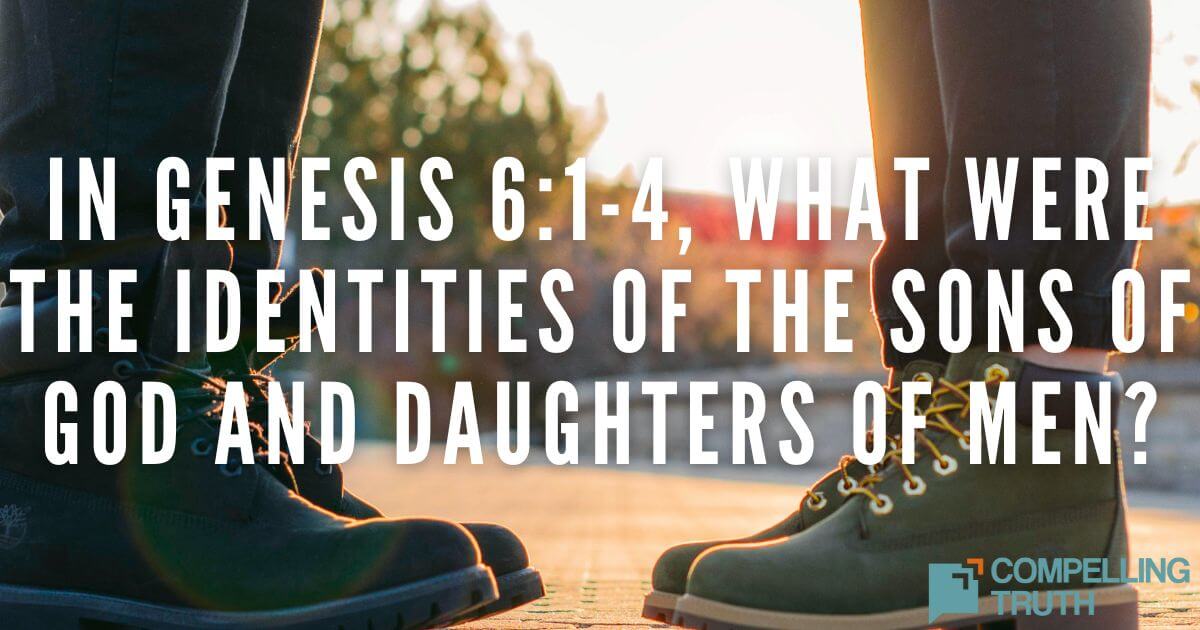what does the bible say?
The word Rephaim refers to both the departed dead and a race of tall, strong people who lived in Canaan. Rephaim was not the description of a person's ethnicity but rather a characteristic that the people of a certain area shared, specifically their height. The word Rephaim means "terrible ones," and they are described in the Bible as "giants" and "mighty men." Though the Rephaim were powerful and intimidating, their ultimate defeat at the hands of God's will illustrates that no matter how daunting our challenges may seem, God’s sovereignty surpasses all. God is above all, and even if giants exist, giants will fall if they do not submit to Him.




